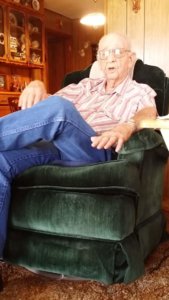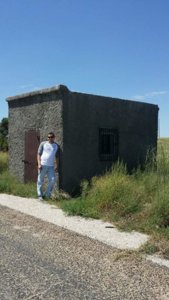Paul Knightley
EF5
Great work.
It's interesting that you mentioned Greensburg earlier in the thread, as there may be similarities regarding the low-level wind field as evening drew in. As we know, the low-level jet can often crank up in the evening as surface cooling causes the boundary layer to start to decouple. Usually this means the storms start to become more elevated as they draw air in from atop the boundary layer, but in some synoptic set-ups, where plentiful low-level moisture and instability is within the warm sector, low-level parcels can still remain buoyant, or at least buoyant enough for an established supercell to continue to feed on them. The strengthening low-level jet causes an rapid increase in low-level SREH, and hence the risk for strong-violent tornadoes across the Plains states *can* go up through the mid-evening hours in these set-ups.
For discussion on the Greensburg storm, with reference to low-level flow see https://ams.confex.com/ams/pdfpapers/141811.pdf?q=vortex-storm-chaser
It's interesting that you mentioned Greensburg earlier in the thread, as there may be similarities regarding the low-level wind field as evening drew in. As we know, the low-level jet can often crank up in the evening as surface cooling causes the boundary layer to start to decouple. Usually this means the storms start to become more elevated as they draw air in from atop the boundary layer, but in some synoptic set-ups, where plentiful low-level moisture and instability is within the warm sector, low-level parcels can still remain buoyant, or at least buoyant enough for an established supercell to continue to feed on them. The strengthening low-level jet causes an rapid increase in low-level SREH, and hence the risk for strong-violent tornadoes across the Plains states *can* go up through the mid-evening hours in these set-ups.
For discussion on the Greensburg storm, with reference to low-level flow see https://ams.confex.com/ams/pdfpapers/141811.pdf?q=vortex-storm-chaser


